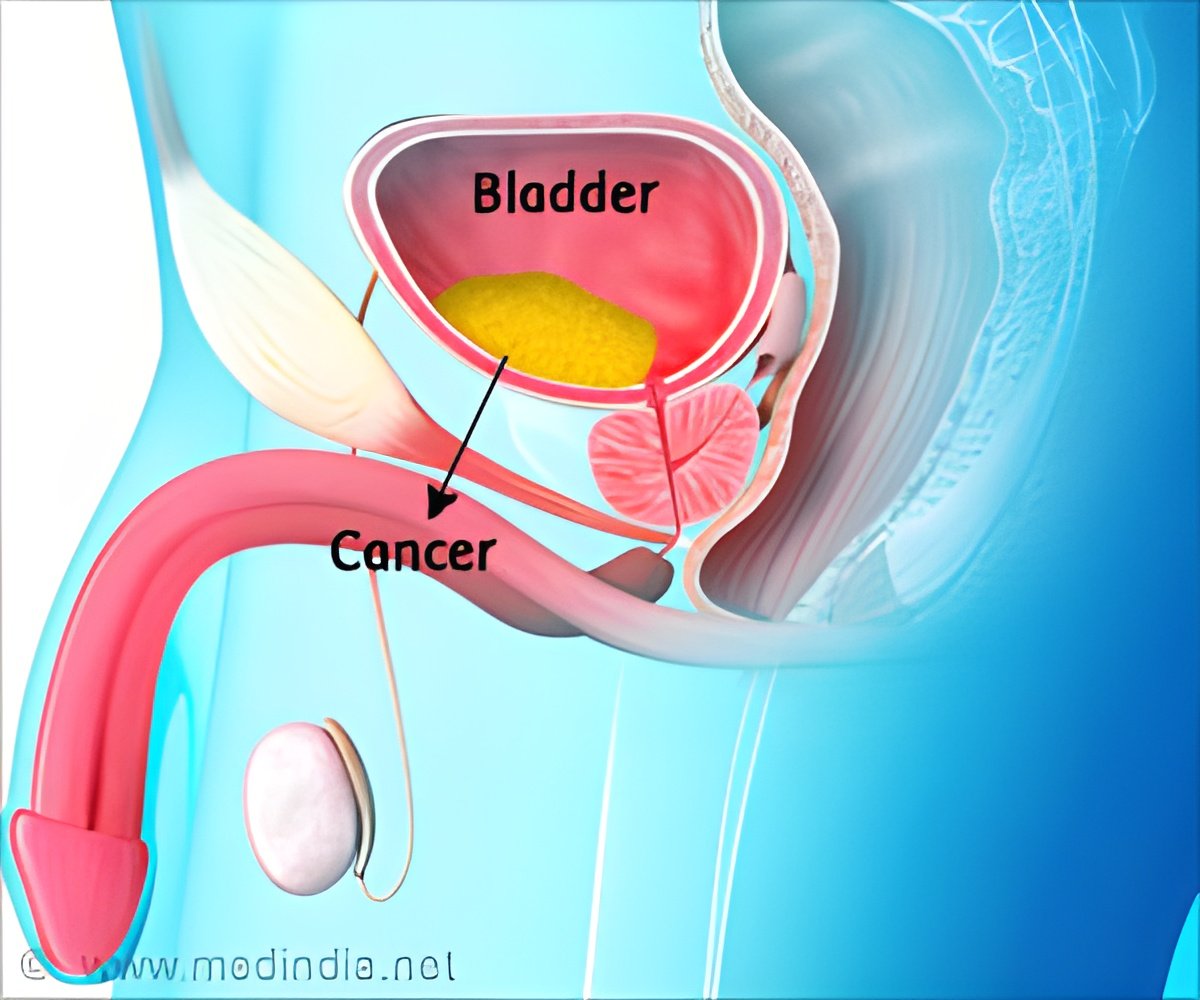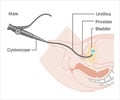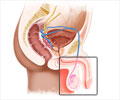The diagnosis of hematuria or the presence of red blood cells can be diagnosed by cystoscopy and renal ultrasound as they are comparatively cheaper.

‘The combination of cystoscopy and renal ultrasound was the most cost-effective with an incremental cost of $53,810 per bladder cancer detected.’





A new article published by JAMA Internal Medicine explores the cost-effectiveness of four initial diagnostic protocols for these patients.Joshua A. Halpern, M.D., M.S., of Weill Cornell Medicine, New York, and his coauthors analyzed the cost-effectiveness of: computed tomography (CT) alone, cystoscopy (using a scope to examine the urinary tract) alone, CT and cystoscopy combined, and renal (kidney) ultrasound and cystoscopy combined.
The combination of cystoscopy and renal ultrasound was the most cost-effective with an incremental cost of $53,810 per cancer detected, according to the results.
"The use of ultrasound in lieu of CT as the first-line diagnostic strategy will reduce the cost, morbidity and national expenditures associated with evaluation of AMH [asymptomatic microscopic hematuria]. Clinicians and policy makers should consider changing future guidelines in accordance with this finding," the article concludes.
Source-Eurekalert












